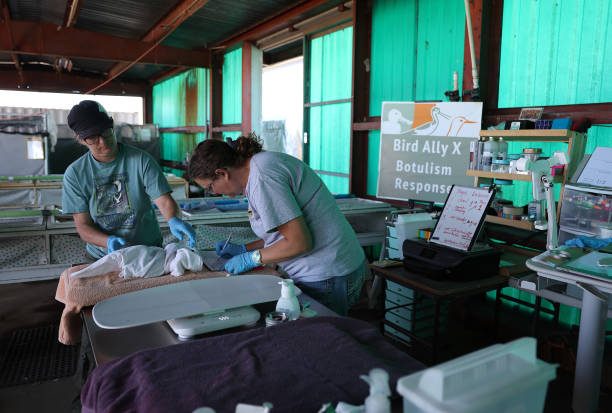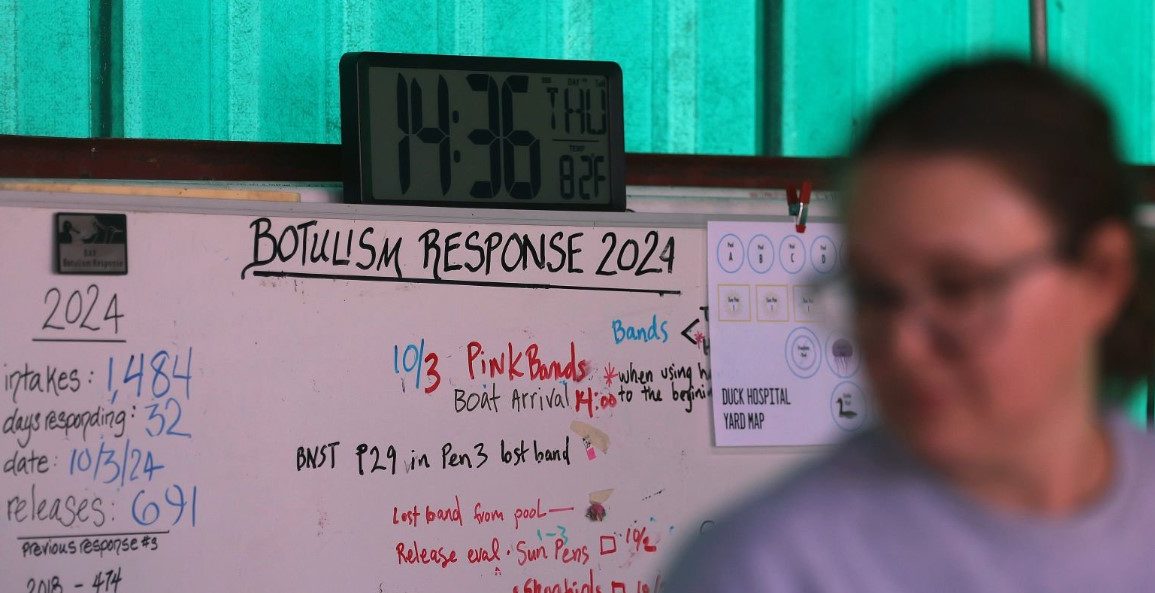An alarming outbreak of botulism has led to the death of over 94,000 birds at the Tule Lake National Wildlife Refuge in northern California, marking the most severe incident recorded at the site, according to the U.S. Fish and Wildlife Service.
Affected birds suffer from muscle paralysis, often leading to suffocation in the water. Biologist Teresa Wicks from Bird Alliance of Oregon described the situation as “traumatic,” highlighting the stark visuals of the affected wildlife.
While the outbreak is localized, its roots extend to broader global issues, including the decline of wetlands, increasing competition for water resources, hydrological diversions, and climate change.
Andrew Farnsworth, a scientist at the Cornell Lab of Ornithology, noted that such outbreaks are becoming more common, particularly as climate change manifests through warming temperatures, droughts, and erratic rainfall.

The outbreak is caused by the toxin from *Clostridium botulinum*, which flourishes in the lake’s warm, stagnant waters.
Despite the potential for human infection, no human cases have been reported in this outbreak.
Previous occurrences, like a 2020 event that killed around 60,000 birds, reflect a troubling trend exacerbated by human intervention in the region, where over 90% of wetlands have been lost to dams and irrigation.
The Klamath Basin’s water management practices have drastically altered natural water levels, further straining wildlife.
After a complete drying of Tule Lake in 2021, recent water releases helped restore some bird populations, but deteriorating conditions have led to new deaths, with numbers expected to exceed 100,000.
In response, advocacy groups have called for sustained water deliveries to support wildlife.
Experts stress the need for a long-term commitment to restore wetlands and ensure adequate water flows to prevent future disasters, as wildlife advocates lament the ongoing struggle for resources amid competing agricultural needs.

